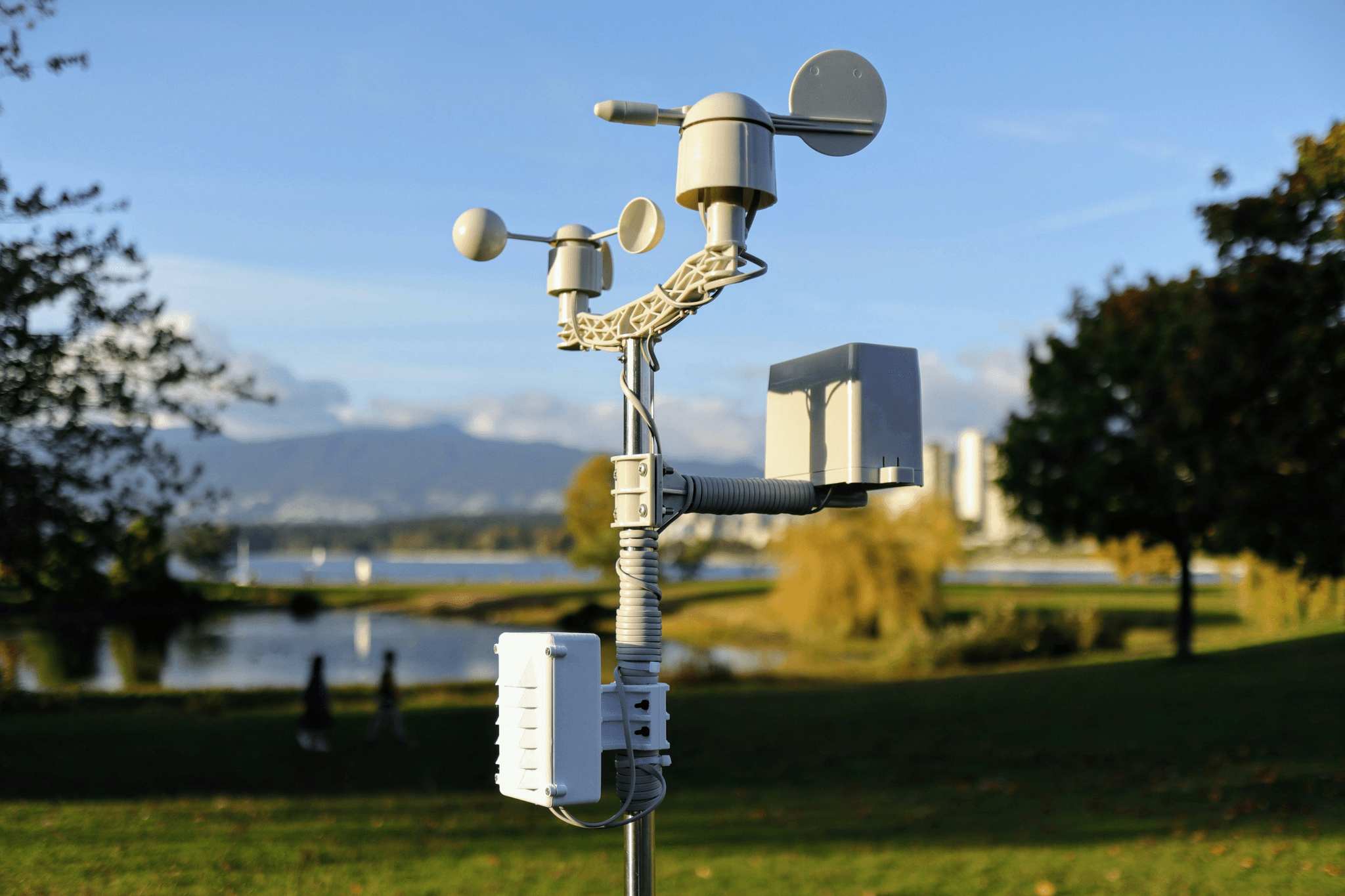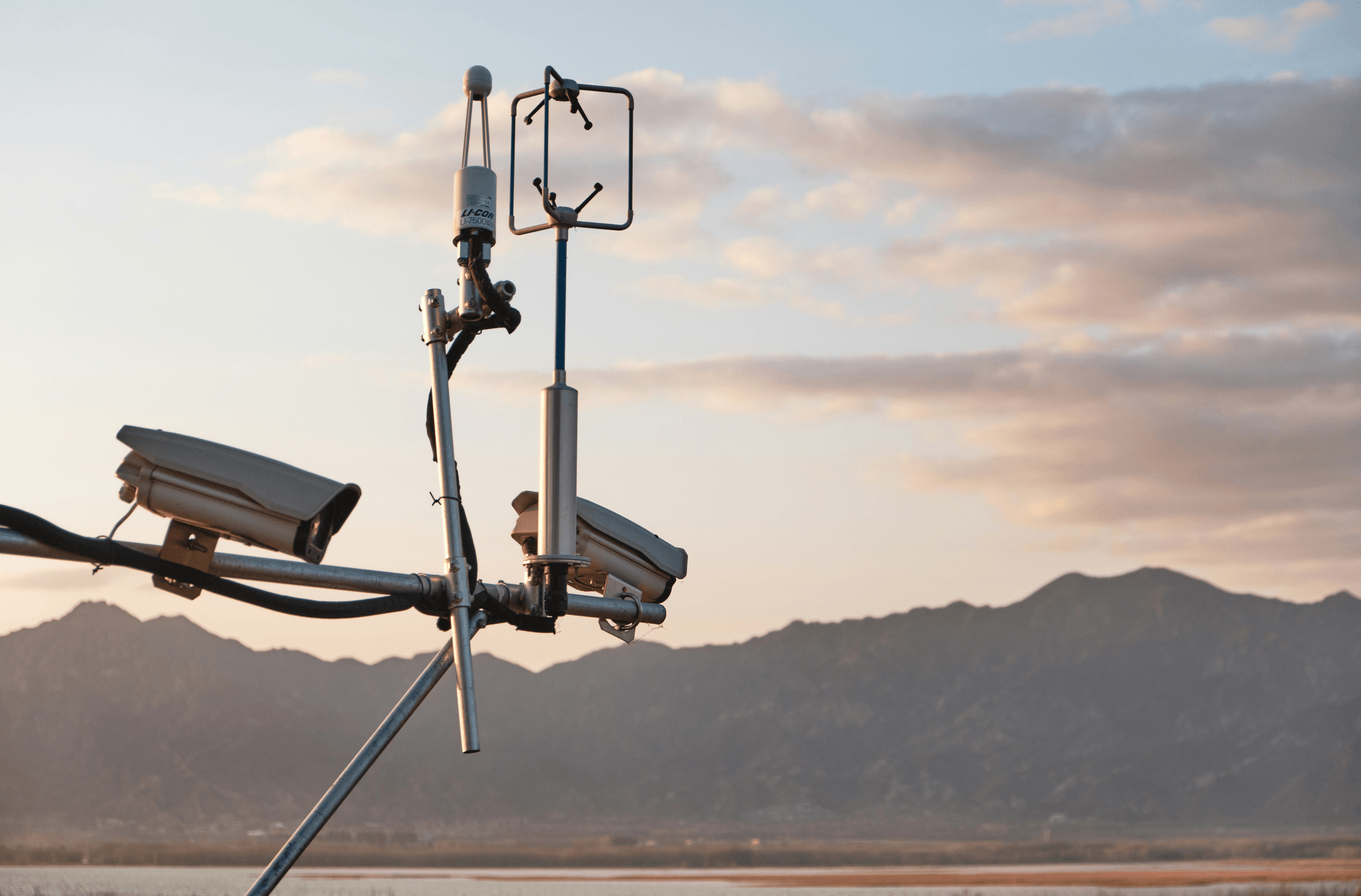Introduction

In the world of aviation, understanding the nuances of weather reporting systems like ATIS, AWOS, and ASOS is crucial for safe navigation. Each system plays a distinct role in providing essential weather data to pilots and air traffic controllers. This introduction sets the stage for exploring how these systems operate and their significance in aviation.
Understanding ATIS, AWOS, and ASOS
ATIS (Automatic Terminal Information Service), AWOS (Automated Weather Observing System), and ASOS (Automated Surface Observing System) are integral components of aviation weather reporting. While ATIS delivers pre-recorded weather information at airports, AWOS provides continuous real-time updates using various sensors. On the other hand, ASOS focuses on surface observations, making it vital for accurate flight planning and safety.
Key Roles in Aviation Weather Reporting
The primary role of these systems is to ensure that pilots have access to reliable weather data before taking off or landing. ATIS broadcasts critical information such as wind direction, visibility, and runway conditions, while AWOS continuously monitors atmospheric parameters like temperature and pressure. ASOS complements these systems by offering comprehensive surface observations that contribute to effective decision-making in flight operations.
Importance of Accurate Weather Data
Accurate weather data is not just a luxury; it's a necessity in aviation where conditions can change rapidly. The difference between AWOS and ASOS can significantly impact flight safety; hence understanding each system's capabilities is crucial for pilots. As we delve deeper into these systems throughout this article, we'll uncover why knowing Is ATIS the same as ASOS? or Who owns AWOS? matters immensely in the realm of air travel.
What is ATIS?

Automatic Terminal Information Service (ATIS) is a vital component in the aviation weather reporting system. It provides pilots with essential information about current weather conditions, runway usage, and other critical data at airports. By broadcasting this information continuously, ATIS helps streamline communication between air traffic control and pilots, ensuring safer flight operations.
Definition and Purpose
ATIS stands for Automatic Terminal Information Service, and its primary purpose is to deliver timely and accurate weather updates to pilots flying into or out of an airport. This service broadcasts essential information such as temperature, wind speed, visibility, and any pertinent notices regarding runway conditions or airport operations. Understanding what ATIS provides allows pilots to make informed decisions before landing or taking off.
Key Features of ATIS
One of the key features of ATIS is its ability to provide real-time updates on weather conditions that can change rapidly during flight operations. The information is typically updated every hour or whenever significant changes occur, ensuring that pilots have access to the most current data available. Additionally, ATIS broadcasts are recorded with a unique letter identifier (e.g., Information Alpha), making it easy for pilots to reference the latest report when communicating with air traffic control.
How ATIS Benefits Pilots
The benefits of ATIS for pilots are numerous; not only does it save time by reducing the need for repetitive communication with air traffic controllers, but it also enhances safety by providing crucial meteorological data in real-time. With accurate information about wind direction and speed—essential factors in determining approach angles—pilots can make better decisions during landing phases. Furthermore, understanding whether Is ATIS the same as ASOS? can help clarify how these systems complement each other; while ASOS provides continuous weather observations like AWOS does, ATIS focuses more on operational aspects relevant to arriving and departing flights.
What is AWOS?

AWOS, or Automated Weather Observing System, is a critical component in the aviation weather reporting landscape. Designed to provide continuous, real-time weather information at airports, AWOS plays a vital role in ensuring pilots and air traffic controllers have access to accurate data for safe flight operations. This system utilizes various sensors to measure key parameters such as temperature, wind speed and direction, visibility, cloud height, and atmospheric pressure.
Understanding Haisen's Aviation Automatic Weather Observation Station
Haisen's Aviation Automatic Weather Observation Station (AWOS) represents a leap forward in meteorological technology for the aviation sector. This sophisticated system continuously gathers and processes weather data using advanced sensors that monitor environmental conditions around the clock. With its ability to deliver timely updates on crucial weather variables, Haisen’s AWOS enables pilots to make informed decisions before takeoff and during flight.
Differences Between AWOS and ASOS
When discussing AWOS vs ASOS, it’s important to understand their distinct functions within aviation meteorology. While both systems provide automated weather observations, ASOS (Automated Surface Observing System) is more comprehensive in terms of data collection and reporting standards mandated by the National Weather Service (NWS). Essentially, while AWOS focuses primarily on airport-specific data for immediate operational needs, ASOS offers a broader range of observations used for climatological purposes as well.
Who Owns AWOS?
The ownership of AWOS varies depending on the location and management structure of individual airports. In many cases, local airport authorities or private entities operate these systems under regulations set forth by the Federal Aviation Administration (FAA). Understanding who owns AWOS is crucial because it can impact maintenance practices and data accuracy—key factors when comparing what is the difference between AWAS and ASOS in terms of reliability.
What is ASOS?

ASOS, or Automated Surface Observing System, is an essential component of modern aviation weather reporting. This system continuously collects and disseminates real-time weather data from various airports across the United States. Understanding ASOS operations is crucial for pilots, air traffic controllers, and anyone involved in flight planning and safety.
Overview of ASOS Operations
ASOS is designed to provide continuous, real-time weather information at airports using a comprehensive array of sensors. These sensors measure key parameters such as temperature, wind speed and direction, visibility, cloud height, and atmospheric pressure. The data collected by ASOS enables pilots to make informed decisions regarding flight operations while ensuring that air traffic controllers have accurate information for managing aircraft safely.
Comparison with ATIS and AWOS
When discussing ASOS compared to ATIS (Automatic Terminal Information Service) and AWOS (Automated Weather Observing System), it’s important to highlight their distinct roles in aviation weather reporting. While ATIS provides essential information like runway conditions and active taxiways primarily through recorded announcements for pilots on approach or takeoff, AWOS focuses more on automated weather observations at smaller airports without the need for human intervention. In contrast, ASOS delivers a broader range of meteorological data in real-time that enhances situational awareness for both pilots and ground control personnel.
Role of ASOS in Aviation Safety
The role of ASOS in aviation safety cannot be overstated; it serves as a critical tool for ensuring safe flight operations by providing timely weather updates that influence decision-making processes. Pilots rely heavily on accurate data from systems like ASOS to assess conditions before takeoff or landing—especially during adverse weather situations where visibility may be compromised. Furthermore, understanding what is the difference between AWOS and ASOS helps clarify their respective contributions to maintaining high safety standards within the aviation industry.
The Differences Between AWOS and ASOS

When delving into the world of aviation weather reporting, understanding the distinctions between AWOS (Automated Weather Observing System) and ASOS (Automated Surface Observing System) is essential. While both systems serve the critical function of providing real-time weather data, their operational mechanisms, ownership, and specific applications differ significantly. This section will explore these differences in detail, helping to clarify the nuances in the awos vs asos debate.
Key Technical Differences
The technical underpinnings of AWOS and ASOS set them apart in terms of functionality and output. AWOS is specifically designed to provide continuous, real-time weather information at airports using various sensors to measure parameters like temperature, wind speed and direction, visibility, cloud height, and atmospheric pressure. In contrast, ASOS is a more comprehensive system that not only collects similar data but also integrates additional features such as automated reporting capabilities tailored for broader meteorological use beyond just aviation.
Another key technical difference lies in their operational scope; AWOS systems are often found at smaller airports or those with less traffic volume where immediate weather updates are crucial for flight safety. Meanwhile, ASOS installations are typically located at larger airports or regional hubs where extensive weather data collection is vital for both aviation operations and local meteorological services. Overall, while both systems aim to enhance safety through accurate reporting, their design reflects different priorities based on airport size and operational needs.
Who Uses AWOS vs ASOS?
Understanding who utilizes these systems can shed light on their respective roles within aviation infrastructure. Pilots primarily rely on AWOS for immediate weather updates when approaching or departing from smaller airfields where they may not have access to extensive ground support services. The rapid dissemination of localized weather conditions via AWOS helps pilots make informed decisions about landing approaches or alternate routes.
On the other hand, ASOS serves a broader audience that includes not only pilots but also air traffic controllers and meteorologists who require detailed atmospheric data for flight planning and safety management at major airports. Additionally, government agencies may use ASOS data for research purposes or public weather forecasting due to its comprehensive nature compared to AWOS outputs. Thus, while both systems play pivotal roles in aviation safety—AWOS focuses more on localized airport conditions whereas ASOS caters to a wider range of users with more detailed information.
What is the Difference Between AWOS and ASOS?
So what exactly is the difference between awos vs asos? To put it simply: it boils down to scale and application! While both systems provide crucial real-time weather observations necessary for safe flying operations—AWOS tends to be more localized with its focus on individual airports; whereas ASOS offers a wider array of data suitable for multiple stakeholders involved in aviation as well as general meteorological studies.
Moreover, when considering who owns these systems—AWOS units are typically owned by individual airports or regional authorities while ASOS installations are often managed by national meteorological organizations like NOAA (National Oceanic and Atmospheric Administration). This distinction further emphasizes how each system aligns with its intended user base; hence understanding these differences enriches our knowledge about how vital accurate weather reporting contributes to safer skies.
In summary: whether you’re pondering Is ATIS the same as ASOS? or diving deep into What is the difference between Awos and Asos?—recognizing these distinctions enhances your grasp of aviation's complex ecosystem surrounding weather monitoring!
The Confusion Between ATIS and ASOS

In the world of aviation, the terms ATIS and ASOS often create a bit of confusion among pilots and enthusiasts alike. While both systems play crucial roles in weather reporting, they are distinctly different entities with unique functions. Understanding these differences is essential for anyone navigating the skies.
Is ATIS the Same as ASOS?
No, ATIS is not the same as ASOS! ATIS, or Automatic Terminal Information Service, provides pilots with essential information about airport conditions through recorded messages. In contrast, ASOS—Automated Surface Observing System—focuses on real-time weather data collection at airports. So when you hear pilots discussing awos vs asos, it’s vital to remember that these systems serve different purposes in aviation weather reporting.
Clarifying Common Misconceptions
A common misconception is that all automated weather systems are interchangeable; however, that's far from the truth! For instance, while both AWOS (Automated Weather Observing System) and ASOS provide critical data to pilots, they differ significantly in ownership and functionality. When considering What is the difference between AWOS and ASOS? it’s important to note that AWOS is often operated by local authorities or private entities, while ASOS is managed by the National Weather Service (NWS). This distinction can influence which system a pilot might rely on during flight operations.
Practical Implications for Pilots
Understanding whether ATIS or ASOS applies in a given situation can have practical implications for pilots preparing for takeoff or landing. Using inaccurate information can lead to misjudgments that may compromise safety during flight operations. Therefore, knowing Is ATIS the same as ASOS? helps ensure that pilots access reliable data tailored to their specific needs at any airport they may encounter.
Conclusion
In the ever-evolving world of aviation, understanding the nuances between ATIS, AWOS, and ASOS is crucial for both pilots and air traffic controllers. Each system plays a vital role in providing accurate weather data, which is essential for safe flight operations. Whether it’s the automated broadcasts of ATIS or the real-time measurements from AWOS and ASOS, each contributes uniquely to navigating the skies.
Summary of ATIS, AWOS, and ASOS
ATIS (Automatic Terminal Information Service) delivers pre-recorded weather information along with other critical details about airport operations. On the other hand, AWOS (Haisen's Aviation Automatic Weather Observation Station) provides continuous weather observations through various sensors that measure key parameters like temperature and wind speed. Meanwhile, ASOS (Automated Surface Observing System) offers similar data but is often more integrated into broader meteorological systems—each one distinct yet complementary in ensuring pilots have what they need to make informed decisions.
Why Understanding These Systems Matters
Understanding these systems matters because they directly impact aviation safety and efficiency. For instance, knowing what is the difference between AWOS and ASOS can help pilots choose which system to rely on during their flights. Additionally, clarifying misconceptions such as Is ATIS the same as ASOS? ensures that everyone involved in aviation—from pilots to ground control—can operate with confidence based on accurate weather information.
The Future of Weather Reporting in Aviation
The future of weather reporting in aviation looks promising with advancements in technology set to enhance systems like AWOS vs ASOS further. Innovations may lead to even more precise real-time data collection methods that can be shared instantaneously among all stakeholders involved in flight operations. As we continue to develop these technologies and improve upon existing frameworks like ATIS, we can expect a safer flying environment where every pilot has access to vital information at their fingertips.
